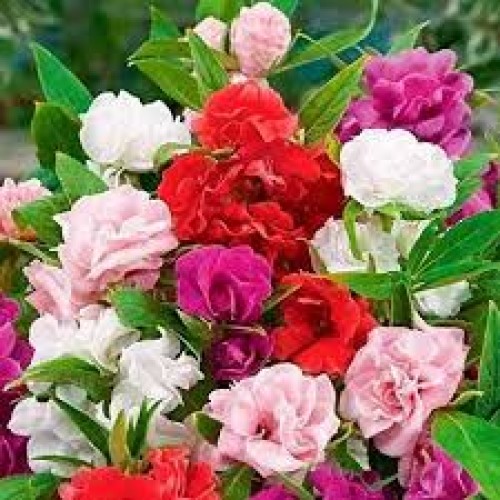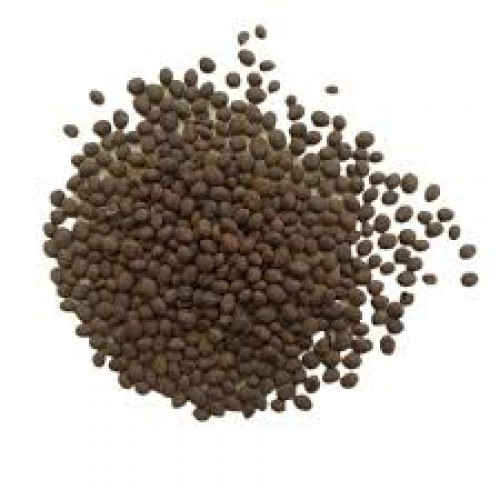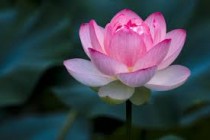60%
off
off
-
Sold
-

-

-

out
Balsam Flower (Impatiens balsamina)
How to Plant Balsam Flower Seeds
1. Seed Preparation
- Soak seeds in water for 12 hours before planting to enhance germination.
2. Sowing Seeds
- Timing: Start seeds indoors 6–8 weeks before the last expected frost or sow directly outdoors when temperatures consistently exceed 60°F (15°C).
- Depth: Sow seeds on the soil surface or at a shallow depth of 1/8 inch (3 mm). Avoid covering them, as they require light to germinate.
- Soil: Use well-draining, fertile soil. A seed-starting mix is ideal.
- Moisture: Keep the soil consistently moist. Covering the pot with plastic wrap can help maintain humidity.
3. Germination
- Conditions: Maintain a soil temperature between 65°F and 75°F (18°C to 24°C).
- Timeframe: Seeds typically germinate within 7 to 14 days.
4. Transplanting
- When to Transplant: Once seedlings have 2–4 true leaves, transplant them into larger pots or directly into the garden.
- Spacing: Space plants 8 to 12 inches (20–30 cm) apart to ensure adequate airflow and growth.
Balsam Plant Care Tips
1. Light Requirements
- Balsam plants thrive in partial shade but can tolerate full sun if provided with sufficient moisture.
2. Soil and Watering
- Soil: Prefer rich, well-draining soil with a neutral to slightly acidic pH.
- Watering: Keep the soil consistently moist but not waterlogged. Mulching can help retain soil moisture.
3. Fertilization
- Apply a balanced fertilizer every 2–4 weeks during the growing season to promote healthy growth and blooming.
4. Pruning and Maintenance
- Pinching: Pinch back the central stem when the plant reaches about 4 inches (10 cm) to encourage bushier growth.
- Deadheading: Regularly remove spent flowers to prevent self-seeding and encourage continuous blooming.
Benefits of Balsam Flowers
1. Ornamental Appeal
- Balsam flowers come in a variety of colors, including pink, red, mauve, purple, lilac, and white, adding vibrant hues to gardens and containers.
- Their nectar-rich blooms attract pollinators like bees, butterflies, and nectar-feeding birds.
2. Medicinal Uses
- Various parts of the balsam plant have been used in traditional medicine to treat ailments such as burns, warts, snakebites, and skin inflammations.
- In some cultures, balsam is used as a diuretic and digestive aid.
3. Cultural Significance
- In Nepal, crushed balsam leaves are used to dye fingernails during the festival of Shrawan Sakranti.
Qualities of Balsam Flowers
- Growth Habit: Balsam plants are annuals that grow to a height of 20–75 cm with thick, soft stems.
- Blooming Season: They bloom profusely from early to mid-summer until the first frost.
- Seed Dispersal: The plant's seed pods exhibit explosive dehiscence, dispersing seeds when touched, hence the nickname "touch-me-not."
- Adaptability: Balsam is adaptable to various soil types and can thrive in both garden beds and containers.

